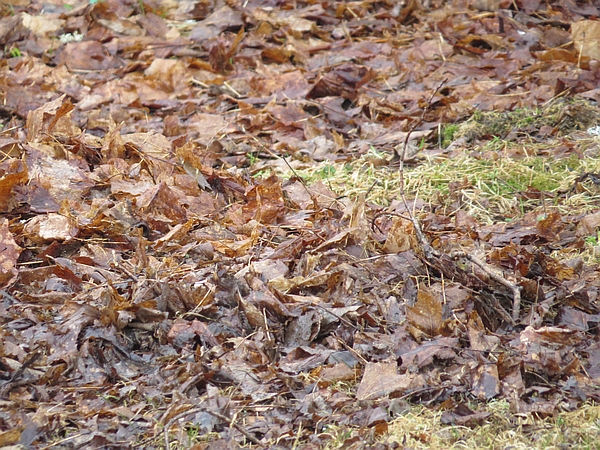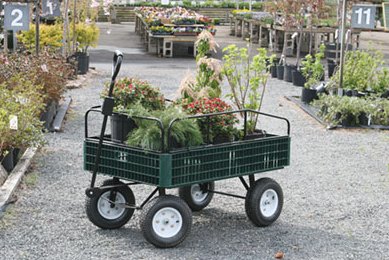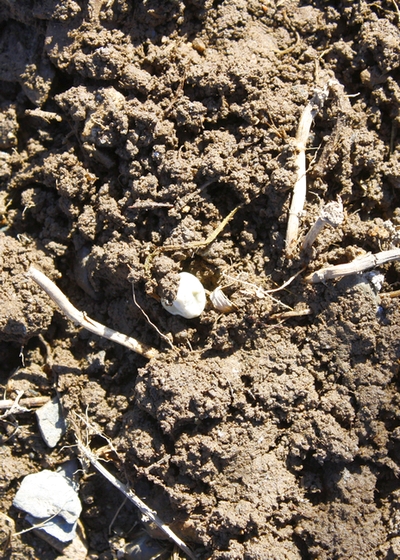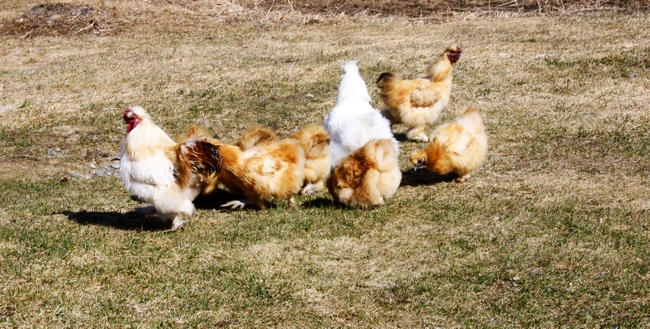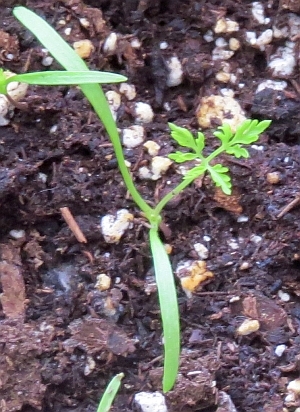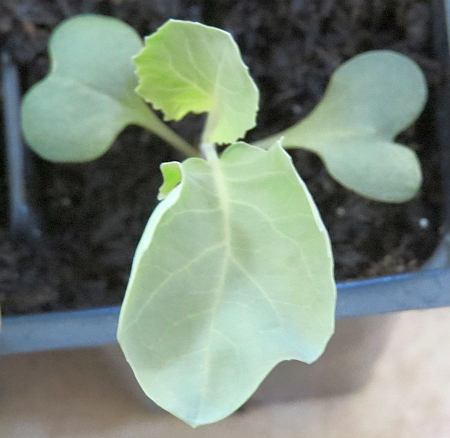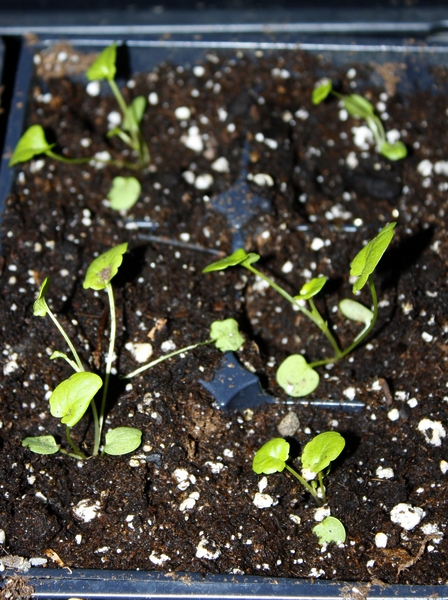Composting Yard Waste
I don’t know how there got to be so many leaves on the lawn this spring. I raked in the fall, added the leaves to the garden and rototilled them into the soil to give them the winter to break down. I’m sure the trees were bare when I crossed this task off the to do list. I must have become distracted by bird and deer hunting seasons and stopped paying attention to the lawn. Now I’m composting yard waste I thought I’d taken care of six months ago.
Composting yard waste in the spring is easy, especially if you have manure to add to the leaves and dead grass you’ve raked up. Racking the yard and cleaning the hen house on the same day will leave you with stronger muscles and a great compost pile! Choose a spot in a shaded area. You want the pile to get hot so it breaks down and kills weed seeds and other undesirables but not so hot that it kills everything.
You’ll need to decide a head of time how you’ll be composting yard waste. I don’t have a single favorite method. The plastic plastic bin or circle made of chicken wire is convenient, especially when I have a small amount of composting ingredients.When it’s time to turn the compost you pick up the bin (it’s bottomless), set it down beside the pile, and move the composting materials into the bin.
A three bin system is most useful when you have a lot to compost. You fill the first and second bin. When it’s time to turn the compost you move bin two into bin three, and bin one into the now empty bin two. When it’s time to turn again, bin two goes back into one and three into two.
When you need to start a new compost pile you move the pile that needs to be turned into an end bin and build the new pile in the center bin. Don’t add to the pile that’s composting. When that happens you’ll have uncomposted material in your otherwise finished pile.
Gather up the twigs and anything else you can’t run over with the lawn mower. Set aside the twigs. Remove dog waste as that’s not suitable for a compost pile. Run over the leaves to chop them up. Whole, wet leaves mat together and can create a mess in a compost bin.
Tip: If you start mowing on the outside of the area and mow your way in, always blowing the leaves and grass to the center, you will save yourself a considerable amount of time raking.
After filling your garden cart or wheelbarrow, place your rake on top of the pile to help keep the debris in place.
How to Build a Compost Pile
You’ll start composting yard waste now as you build your pile. Place the twigs on the bottom of the pile to allow air to flow in and water to drain out. If you have cornstalks and sunflower stalks you can use them in the base.
Shovel a five to six inch layer of chopped leaves on top of the twigs and stalks.
Add a two to three inch layer of manure, kitchen scraps or grass.
Sprinkle a shovelful of garden soil on top of the manure.
Add water until the ingredients are damp like a wrung out sponge but not dripping wet.
Continue until the bin is full or the pile is a minimum of three feet by three feet. The ingredients will condense and shrink overnight. You may add more layers the next day.
Tip: Healthy garden soil is full of the microbes that help the compost pile start “cooking.”
You need to watch the pile to be sure it reaches 135° to 160°. A compost thermometer is a big help. You poke it into the pile and check the temperature without reaching in. When the pile cools down you’ll need to turn or disturb the pile, about once a week. You can completely turn the pile by moving it as described above, or you might need to just add air and a little water. You can “fluff” the pile with a garden fork.
Joining in on Homestead Blog Hop #29!

